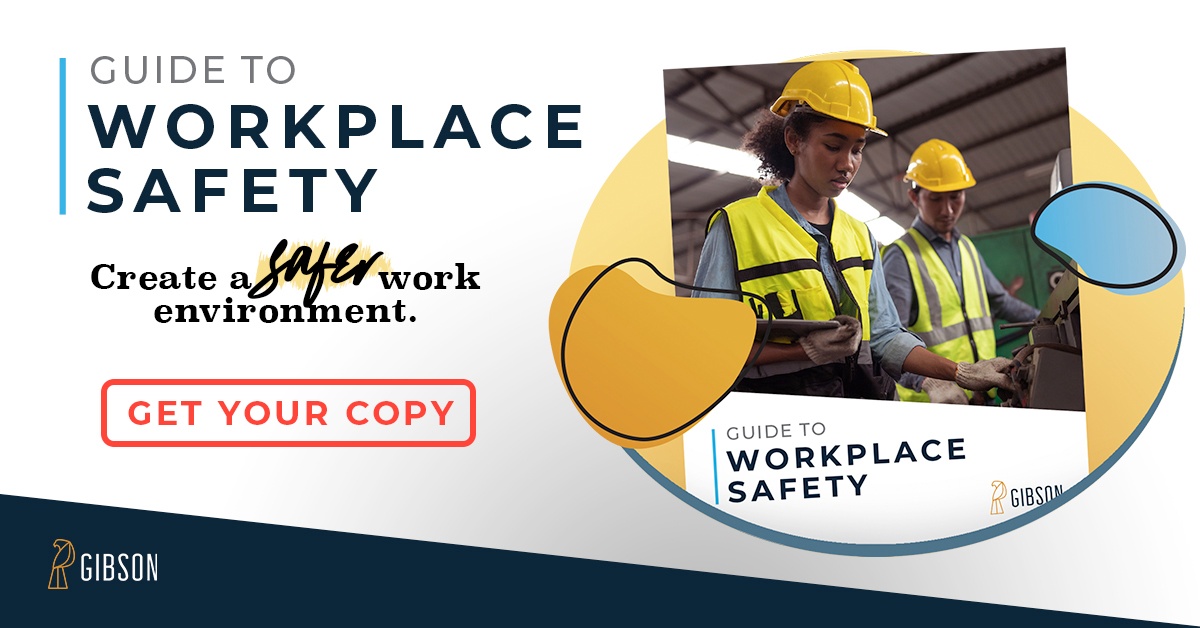Ron Johnson, the former Apple executive, was hired as CEO in 2011 by struggling retailer JC Penney to revive the organization. He embarked on an aggressive vision - something he labeled a "transformation" - that ultimately ended with his recent firing.
What happened? Danielle Sacks provides her thoughts in an online Fast Company article I read recently during some down time between flights. It got me thinking about some of my own experiences with change management.
In late 2005 I joined Gibson, in part because of its private and independent ownership structure. I had been collecting a mental notebook of ideas and strategies during my time at the national firms and was just itching to put them into practice. As one of my clients said when I told him I was going to buy in to a smaller firm, "Tim, there's nothing like owning a piece of the rock!"Change came quickly to the business unit I was put in charge of at Gibson. In a matter of months, we had created a new vision and were aggressively implementing it: new tools, systems, technology, and people. In my familiar player-coach role I was not only actively involved with creating the vision (the "coach" part), but personally overseeing its implementation and utilizing it as I built a personal client base (the "player" role).
Almost immediately, we were blessed with amazing growth. There were significant contributing factors well beyond the new vision and client value proposition:
- We had a great reputation in our marketplace, established over the prior 70+ years
- Incredible, hard-working, smart and talented employees
- Great partners in the other business units
- Supportive company leadership and ownership
Unfortunately, I didn't understand a couple of additional factors that allowed for the results. In my mind, emboldened by the relatively fast turnaround and similar past experiences, I had come to believe that it was all about the "idea" itself. My rude awakening was just around the corner.
Within a few years, I was named President of Gibson. I began the work of implementing an even broader platform of new initiatives and strategies throughout the entire organization. This included changing the way our salespeople were paid, modifying our client experience with systems, tools and technology, and reducing the number of business units. Almost immediately turf wars crept up. My reviews were pretty rough, and I was reeling.
So what caused the resistance? First of all, I had not invested the time to understand the unique issues and build consensus. There were some rather obvious (not to me) differences in geography, market size, culture, and technical experience that I had overlooked.
It wasn't entirely that my ideas or strategies were wrong - although there were some clunkers in there! And it also wasn't that our company wasn't capable of rising to the challenge. It was about how I was implementing the change, not what we were implementing.
I thought much about the earlier successes in the business unit versus the friction I encountered at the overall company level. Over time, it really dawned on me that in a player-coach role, you can get away with less communication and consensus building on the front end because it will be replaced with "in the trenches" work, discussion, engagement, and relationship building. As player-coach you likely know every role on the team and have even done most of them at some point in time. Your team members respect you, know you, and trust you as you focus on a common goal.
Working from afar in the executive leadership role, I wasn't able to build that trust and consensus in the trenches like I had in the past. I was also more removed from many of the people most impacted by the change on a day-to-day basis. Unfortunately I didn't appreciate the magnitude of this subtle shift in my role.
Ultimately, I modified my approach to fit the role as CEO. I sought feedback from stakeholders and adjusted different initiatives based on what I learned. I communicated often and asked our leaders and managers to do the same in a cascading style. I also wasn't afraid to take the message directly to our employees when needed.
Lastly, there is a reason they say "Rome wasn't built in a day", right? While your initiative or vision may not be on par with building Rome, allow the time to do it right. If you've done the legwork, have the courage to forge ahead even when others can't see the end game.
What's The Risk?
If you don't invest properly in implementing change, you run the risk of a truly innovative idea failing for all the wrong reasons.
- Understand the process by which you implement change is just as important as the change itself
- Do your homework, gain feedback, adjust if necessary, and build consensus for your ideas
- Realize that not everything will work the same as it has in the past
- Have patience and persistence in proportion to the initiative itself
Doing homework, getting feedback, and building consensus around big initiatives will be great for your organization. Practice them enough and they'll become part of your culture. However, my major caution to leaders is this: you can't run the organization by a daily vote.
For some ideas, initiatives, and expectations, you just can't compromise. Sometimes that's because your core values are at stake. Other times, even after all the feedback, your position and experience allow you to see the bigger vision that others can't. Your leadership will require the sometimes difficult task of sorting through the push-back and determining which cautionary flags are real and which spring from a natural human tendency to avoid change.
Have you dealt with change in your organization? Whether as the leader or someone on the front lines living it? I'd love to hear your story below.




